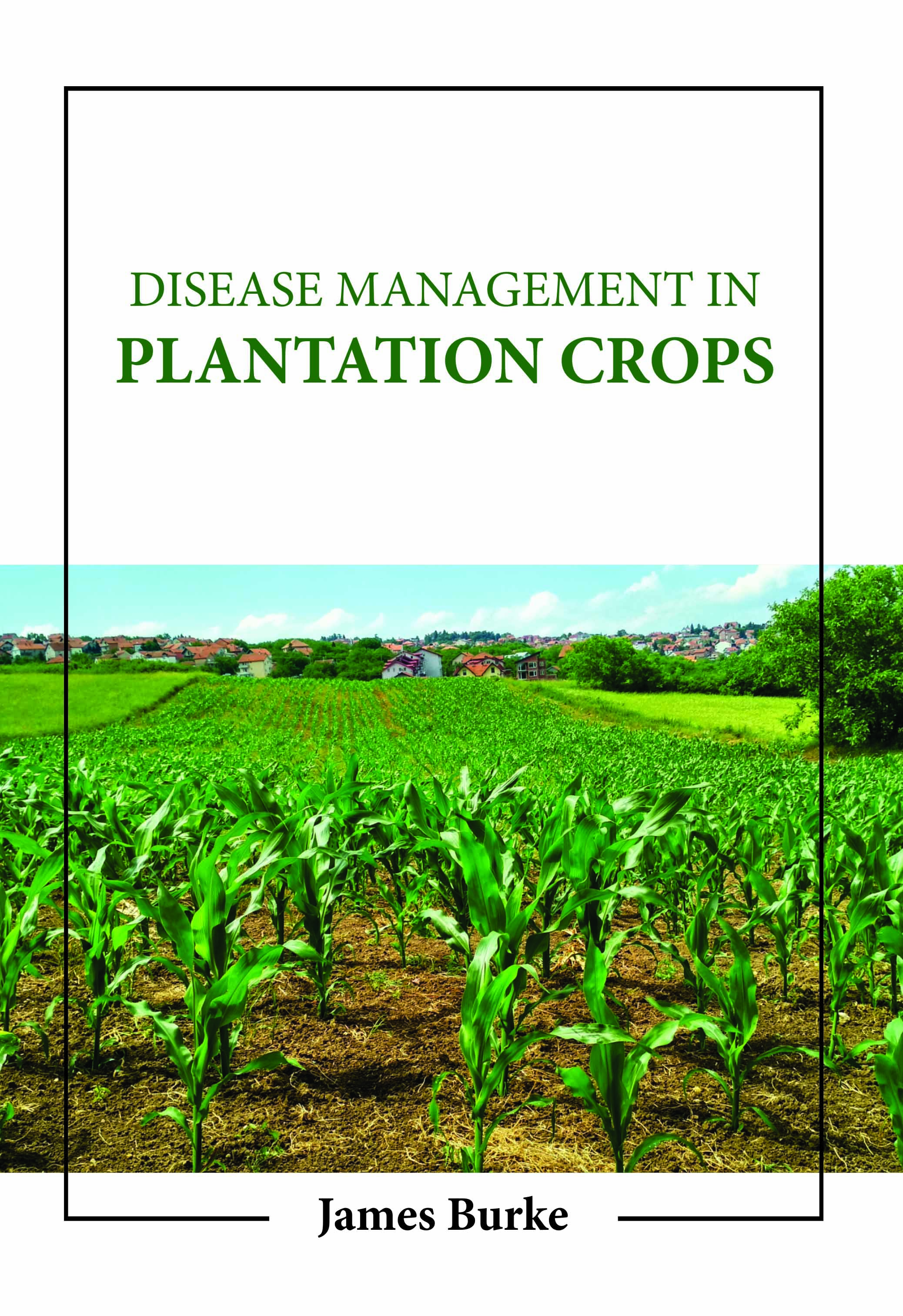
Disease Management in Plantation Crops
by James Burke
| ISBN | 9781806247349 |
|---|---|
| Publisher | Digital Drive Learning |
| Copyright Year | 2026 |
| Price | $273.00 |

by James Burke
| ISBN | 9781806247349 |
|---|---|
| Publisher | Digital Drive Learning |
| Copyright Year | 2026 |
| Price | $273.00 |
A significant factor in the production of plantation crops is disease. A collection of commercial crops known as "plantation crops" are those that are (i) perennial, (ii) widely cultivated in tropical and subtropical environments, (iii) require the year-round employment of labor, and (iv) output is typically consumed after processing. Plantation crops are tropical crops cultivated on a big scale using a standardized farming system under centralized control. Plantation crops are typically cultivated in sizable continuous regions owned and controlled by a person or business. The Central Plantation Crops Research Institute at the ICAR, the nation's nodal research agency, has studied coconut, arecanut, oil palm, palmyrah palm, and cashew. Even oil palm, a plantation crop that shares coconut's growth and maintenance characteristics and produces oil, is mistakenly included with oil seed crops. Pests and diseases can harm trees at any growth stage, making it more difficult for plantations and natural forests to achieve their management goals. While specific fungi and insects harm older trees in various ways, others are pests of tree seedlings in nurseries. Invasive plants compete with animals and saplings, but destroying forests can also be a concern. Here, diseases and insects are the main topics. There are numerous instances where one or more species of native or invasive pests or diseases have wreaked havoc on forests, necessitating modifications to management practices or forcing forest managers to utilize different tree species. An essential disease's symptoms, aetiology, host-pathogen interactions, environmental link, and integrated disease management are all included in the description.